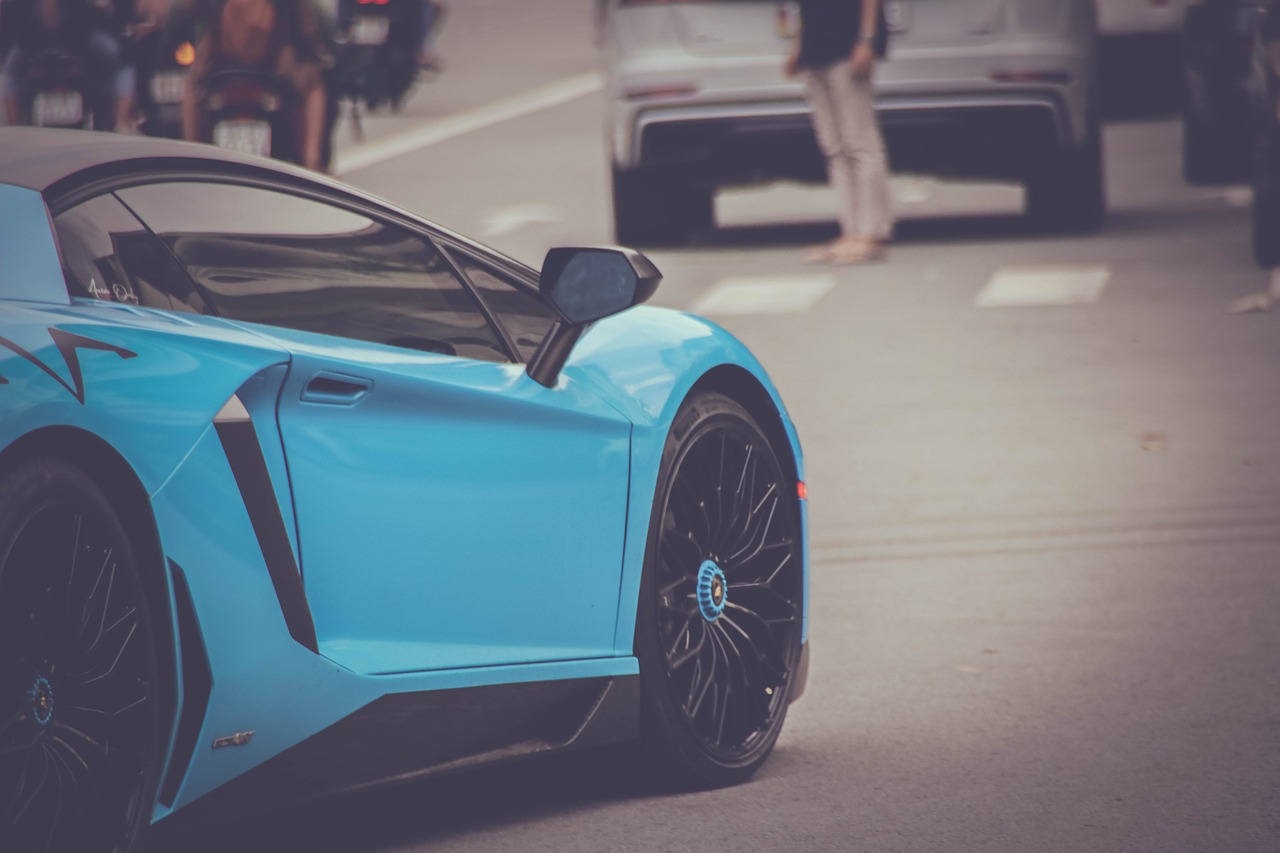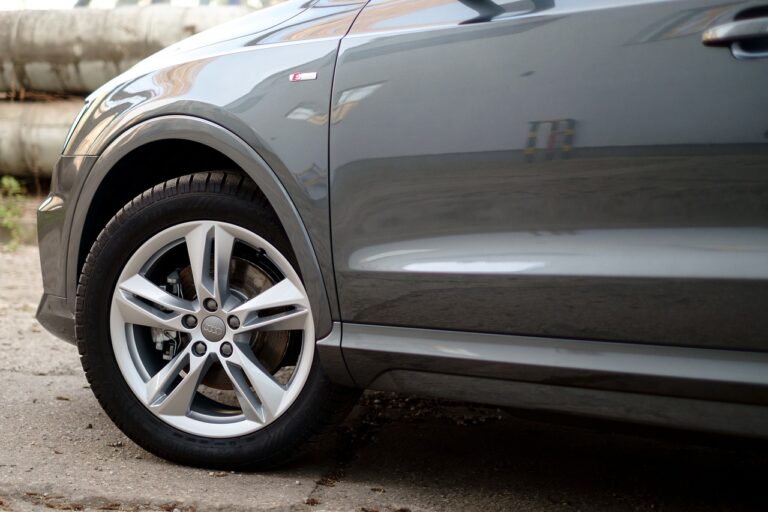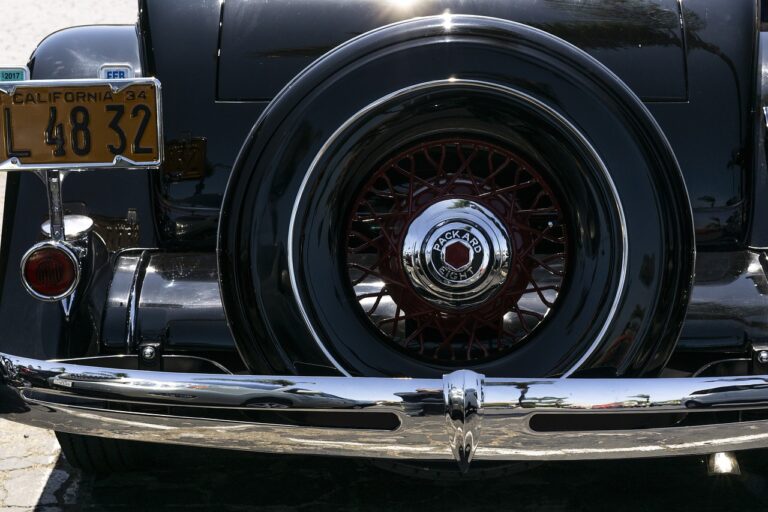The Psychology of Car Color Preferences: Cultural Influences and Symbolism
When it comes to car color preferences, various cultures around the world exhibit distinct inclinations towards specific shades. For instance, in Western societies, neutral colors like black, white, and silver are commonly favored for their sleek and sophisticated look. These hues are often associated with luxury and modernity, reflecting the preferences of consumers in these regions.
In contrast, in some Asian cultures, brighter and bolder colors such as red, gold, and blue are preferred for cars. These vibrant hues symbolize good fortune, prosperity, and success in many Asian societies, making them popular choices among car buyers. Cultural beliefs and traditional customs play a significant role in influencing color preferences, shaping the aesthetic choices of consumers in different parts of the world.
Historical Influences on Car Color Choices
Color choices for cars are not arbitrary decisions; they are often deeply influenced by historical factors. In the early days of automobile manufacturing, color options were limited due to technological constraints. Black was a prevalent color choice for cars in the early 20th century, mainly because it was the cheapest and most durable paint available at the time.
As technology advanced and automotive production became more sophisticated, a wider range of colors became available. During the mid-20th century, pastel colors such as mint green and powder blue became popular, reflecting the optimism and prosperity of the post-World War II era. These hues symbolized a desire for a brighter future and a departure from the somber tones of the past.
The Role of Marketing in Shaping Car Color Trends
Car color trends are heavily influenced by marketing strategies, as companies strive to appeal to consumers’ preferences and emotional responses. Through targeted advertising campaigns and promotions, automakers aim to create associations between specific colors and feelings of luxury, youthfulness, or safety. By employing various marketing techniques, such as influencer partnerships and celebrity endorsements, car manufacturers can influence the popularity of particular colors in the market.
Furthermore, the use of color psychology in marketing plays a significant role in shaping car color trends. Marketers understand the psychological impact that different colors have on consumers and strategically leverage this knowledge to evoke desired emotions and perceptions. For instance, warm tones like red and orange are often associated with energy and excitement, while cool hues like blue and gray convey a sense of calm and professionalism. By manipulating these color associations effectively, marketers can steer consumer preferences towards specific car colors.





